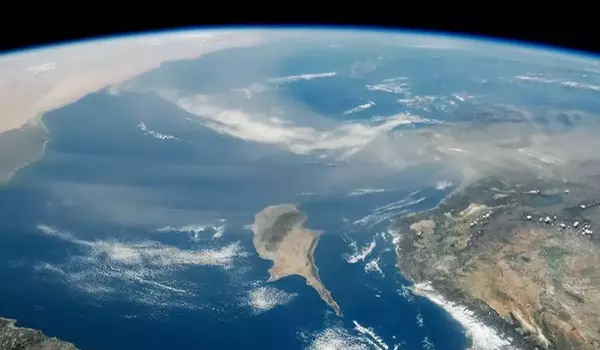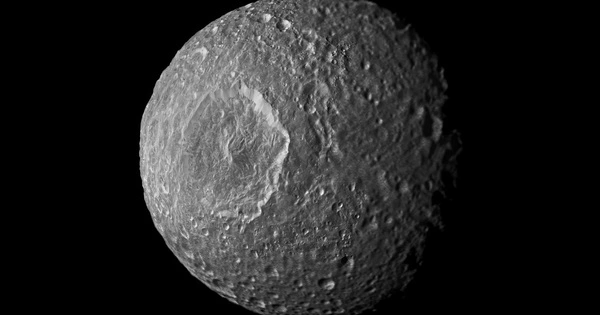A payload on its way to the International Space Station could help researchers on Earth finally answer a long-standing climate conundrum. NASA launched a vital instrument for climate research, the Earth Surface Mineral Dust Source Investigation (EMIT), from the Kennedy Space Center on Thursday night on a SpaceX Dragon spacecraft.
Dust is a very powerful influence in the atmosphere, which is why NASA is working hard to learn more about it. The small particles float up from deserts and other arid locations, and depending on a variety of conditions, they can either cool or heat our planet. Scientists are still unsure about which scenario is taking place around the world.
“EMIT is studying mineral dust because it’s currently an unknown element,” Robert Green, EMIT’s principal investigator, and Jet Propulsion Laboratory senior research scientist, said at a July 13th briefing on the mission. “Not just the magnitude of how much it heats or cools, but whether it heats or cools is uncertain.”
One of the reasons dust is so mysterious is that dust particles come in a variety of hues. It could be dark red, for example, because iron is present. Clay-containing dust particles, on the other hand, are typically much lighter in color.
EMIT is studying mineral dust because it’s currently an unknown element. Not just the magnitude of how much it heats or cools, but whether it heats or cools is uncertain.
Robert Green
Lighter dust particles will reflect sunlight, aiding in the cooling of the planet. On the other end of the spectrum, black dust particles will absorb the sun’s light and produce heat instead. With climate change already raising temperatures to perilous levels for life on Earth, scientists are eager to learn if dust aids or hinders efforts to stabilize global temperatures.
That’s where EMIT can help. It will use an instrument called an advanced imaging spectrometer to collect over a billion measurements over the next year, recording the composition of dust around the globe. To do this, the instrument will actually measure the spectrum of light reflected from the surface of our planet. This will tell scientists how much dust in the atmosphere comes from dark minerals or light minerals. Hopefully, that’ll finally solve the mystery of what effect dust has cumulatively on the planet, as well as the heating or cooling effects it might have from region to region.

Answering those questions is crucial for building better climate models, which researchers use to try to understand what climate change might have in store for us in the future. For now, climate models generally assume the dust is yellow — averaging a mix of both dark and light-colored dust.
“We wanted to send [EMIT] because there is a gap in our knowledge, it relates to climate now and in the future, and that will allow us to have better information to respond to climate change,” Green explained during the briefing.
EMIT’s data will be used to research other phenomena on Earth that are influenced by dust in addition to climate change. Dust may travel hundreds of miles from North Africa to the Amazon jungle, where it feeds plants. Dust influences cloud formation, air quality, and even water supply. When it falls on snow, it has the potential to speed snowmelt, which is critical for many locations, particularly the dry western United States.
Because it revolves around some of Earth’s most arid regions, the International Space Station’s orbit around the planet is excellent for dust measurement. The majority of the dust that travels throughout the earth originates in deserts. The severe, remote conditions of these places have made it impossible for scientists to collect dust samples on the ground over large areas.
EMIT, together with 5,800 pounds of other science experiments and crew supplies, is planned to arrive at the International Space Station at approximately 11:20 ET on Saturday, July 16th. It should be ready to collect data by the end of July, with NASA expecting to share it publicly within two months.
















